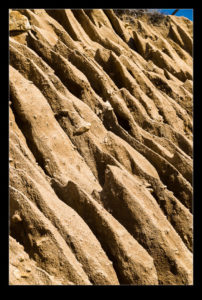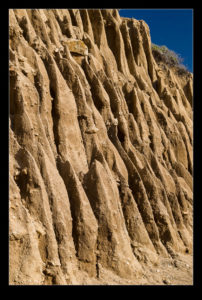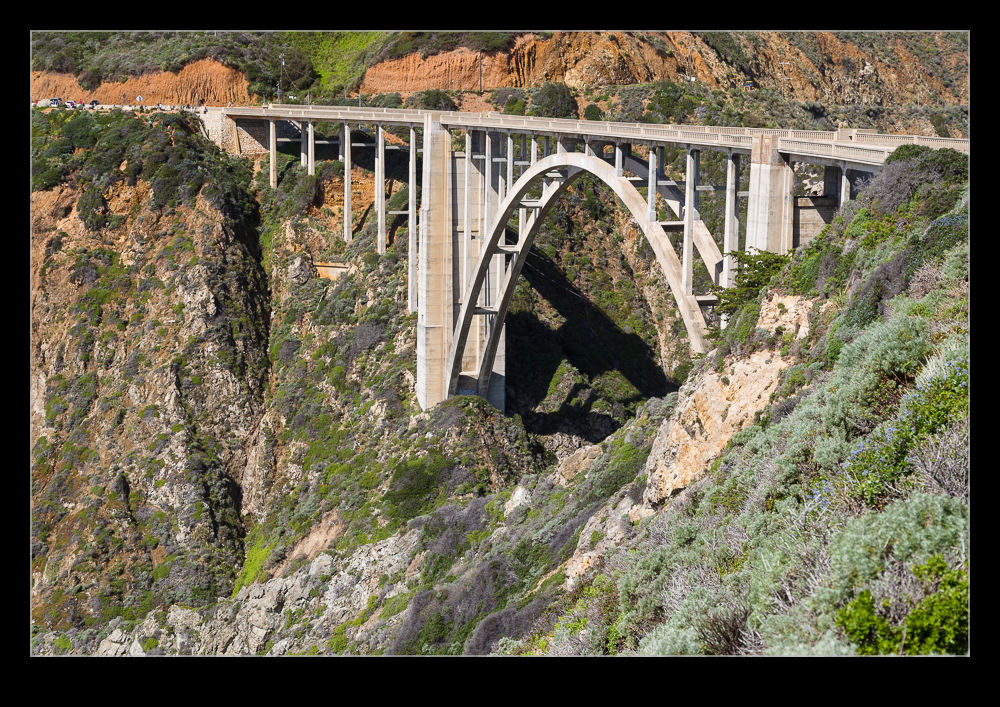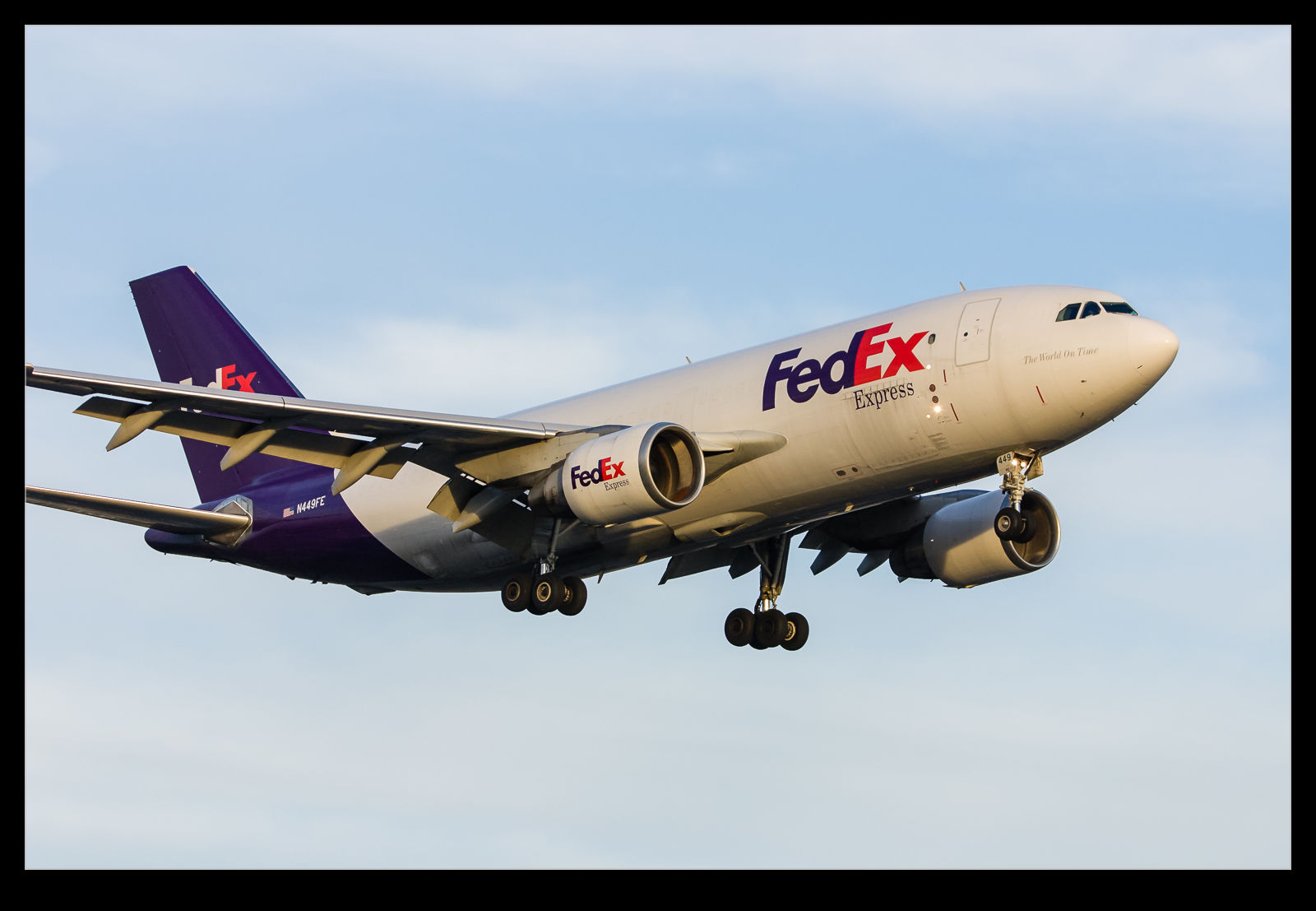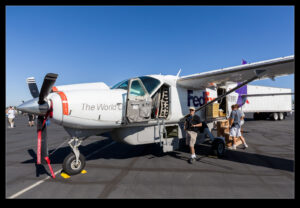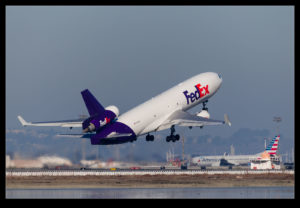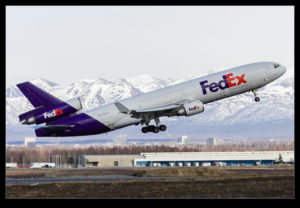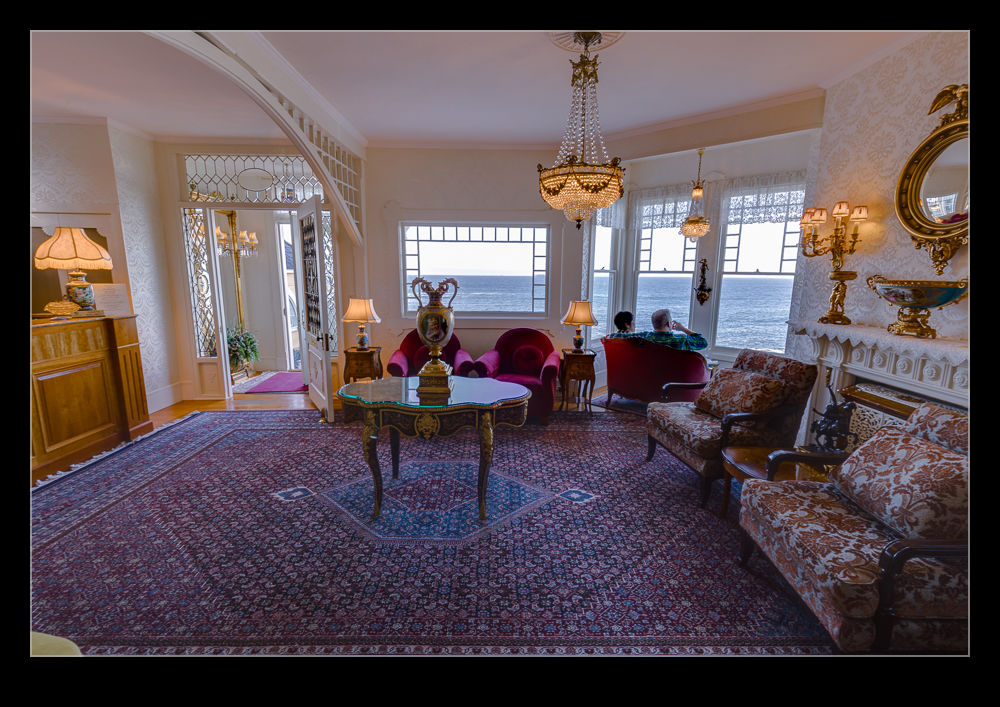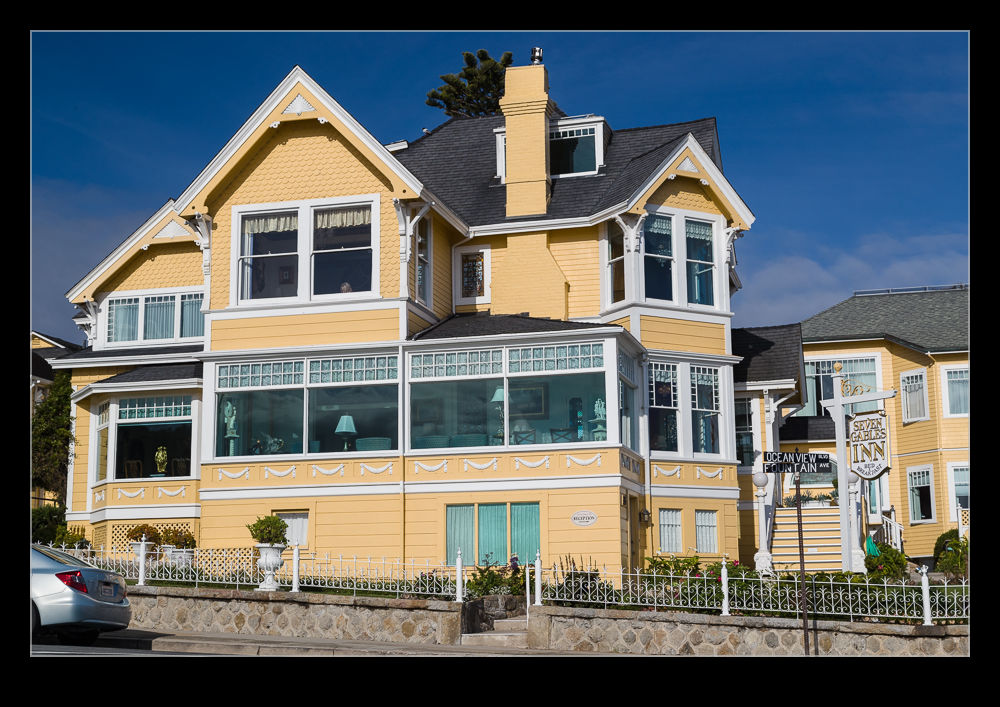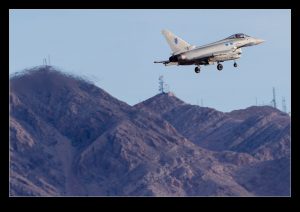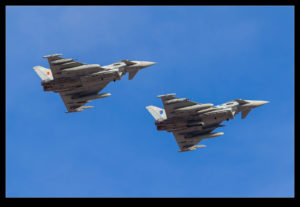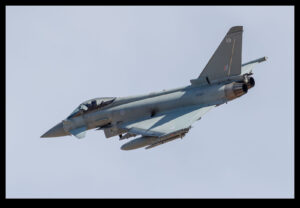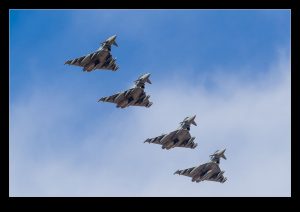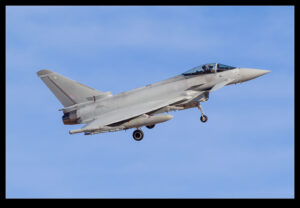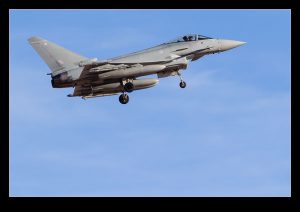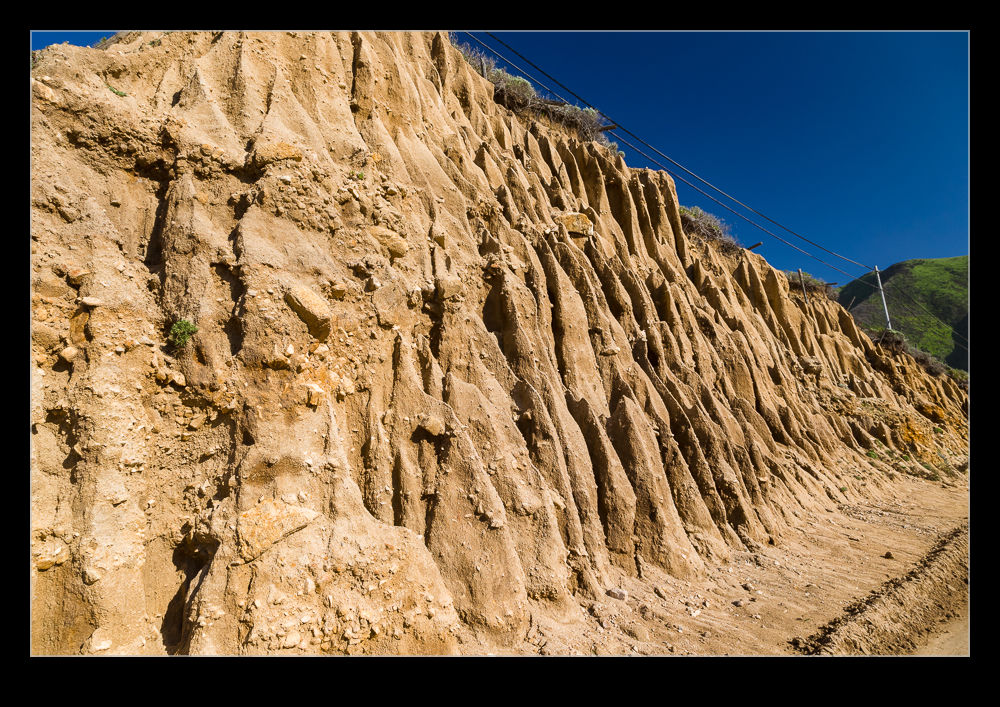 Driving south on the Pacific Coast Highway, I was quite taken by the patterns in the earth resulting from erosion by the rain. The soil is obviously soft and so has worn in patterns that are quite striking. I think we were driving south when the light was best for the patterns. The shadows were very pronounced. On the way back I stopped to take some shots. They were interesting but the light had moved to be more head on so the contrast was not as pronounced. However, I still think the shapes made some interesting abstract patterns.
Driving south on the Pacific Coast Highway, I was quite taken by the patterns in the earth resulting from erosion by the rain. The soil is obviously soft and so has worn in patterns that are quite striking. I think we were driving south when the light was best for the patterns. The shadows were very pronounced. On the way back I stopped to take some shots. They were interesting but the light had moved to be more head on so the contrast was not as pronounced. However, I still think the shapes made some interesting abstract patterns.
Monthly Archives: April 2017
Some Spare Oxygen – Just in Case
 There have been quite a few Raptor posts recently. I guess seeing a bunch of them at Nellis triggered a few things of interest to me. One was as I looked at the jets after they had passed me by on their approach. A few years ago, the F-22 fleet was grounded by some issues with the oxygen system. Like most modern jets, the F-22 doesn’t carry bottled oxygen but instead generates it onboard for the pilot. There were some issues with the oxygen being generated that resulted in pilots feeling unwell and, potentially, losing awareness of what they were doing. As you can image, this is not a good thing in a fast jet and was believed to have contributed to loss of an aircraft with its pilot!
There have been quite a few Raptor posts recently. I guess seeing a bunch of them at Nellis triggered a few things of interest to me. One was as I looked at the jets after they had passed me by on their approach. A few years ago, the F-22 fleet was grounded by some issues with the oxygen system. Like most modern jets, the F-22 doesn’t carry bottled oxygen but instead generates it onboard for the pilot. There were some issues with the oxygen being generated that resulted in pilots feeling unwell and, potentially, losing awareness of what they were doing. As you can image, this is not a good thing in a fast jet and was believed to have contributed to loss of an aircraft with its pilot!
A backup oxygen system was implemented to provide the pilots with something in the event that they felt symptoms of the problem recurring. Not so much of a solution as a fallback plan. As I looked at the jets, I saw green tanks behind the ejection seat. These are pretty big tanks and seem rather unsubtle in the way that something that has been added after the fact often is. I wonder whether these are the spare tanks for the pilots to breathe should the onboard generation system cease to be reliable.
Bixby Creek Bridge
 Head south from Carmel along the Pacific Coast Highway and you will eventually come across Bixby Creek Bridge. This iconic bridge is a popular tourist attraction and also the feature of plenty of car commercials and movies. If you have watched Big Little Lies, you will have asked yourself why these people were driving over this bridge so often when it is a long way from where they live and doesn’t take them anywhere that they would normally be going.
Head south from Carmel along the Pacific Coast Highway and you will eventually come across Bixby Creek Bridge. This iconic bridge is a popular tourist attraction and also the feature of plenty of car commercials and movies. If you have watched Big Little Lies, you will have asked yourself why these people were driving over this bridge so often when it is a long way from where they live and doesn’t take them anywhere that they would normally be going.
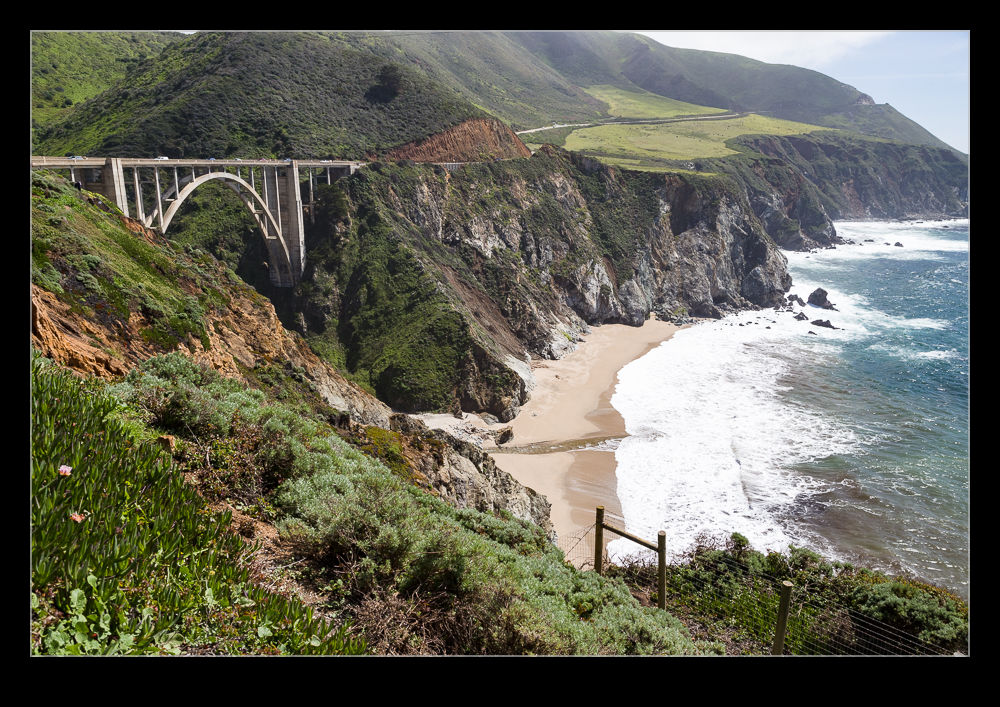 We stopped off to check it out while we were driving south. There are some good places to stop just north of the bridge and lots of people are there taking their pictures. Unfortunately, the angle of the light is not good. This didn’t stop me taking some pictures anyway. However, on the way back north, I stopped short of the bridge to take advantage of the better light angle and I am glad I did. I guess most people aren’t bothered by the light. However, they could really benefit their tourist snaps from going to the other side. It would be fun to try this out late in the evening.
We stopped off to check it out while we were driving south. There are some good places to stop just north of the bridge and lots of people are there taking their pictures. Unfortunately, the angle of the light is not good. This didn’t stop me taking some pictures anyway. However, on the way back north, I stopped short of the bridge to take advantage of the better light angle and I am glad I did. I guess most people aren’t bothered by the light. However, they could really benefit their tourist snaps from going to the other side. It would be fun to try this out late in the evening.
FedEx Fleet Types
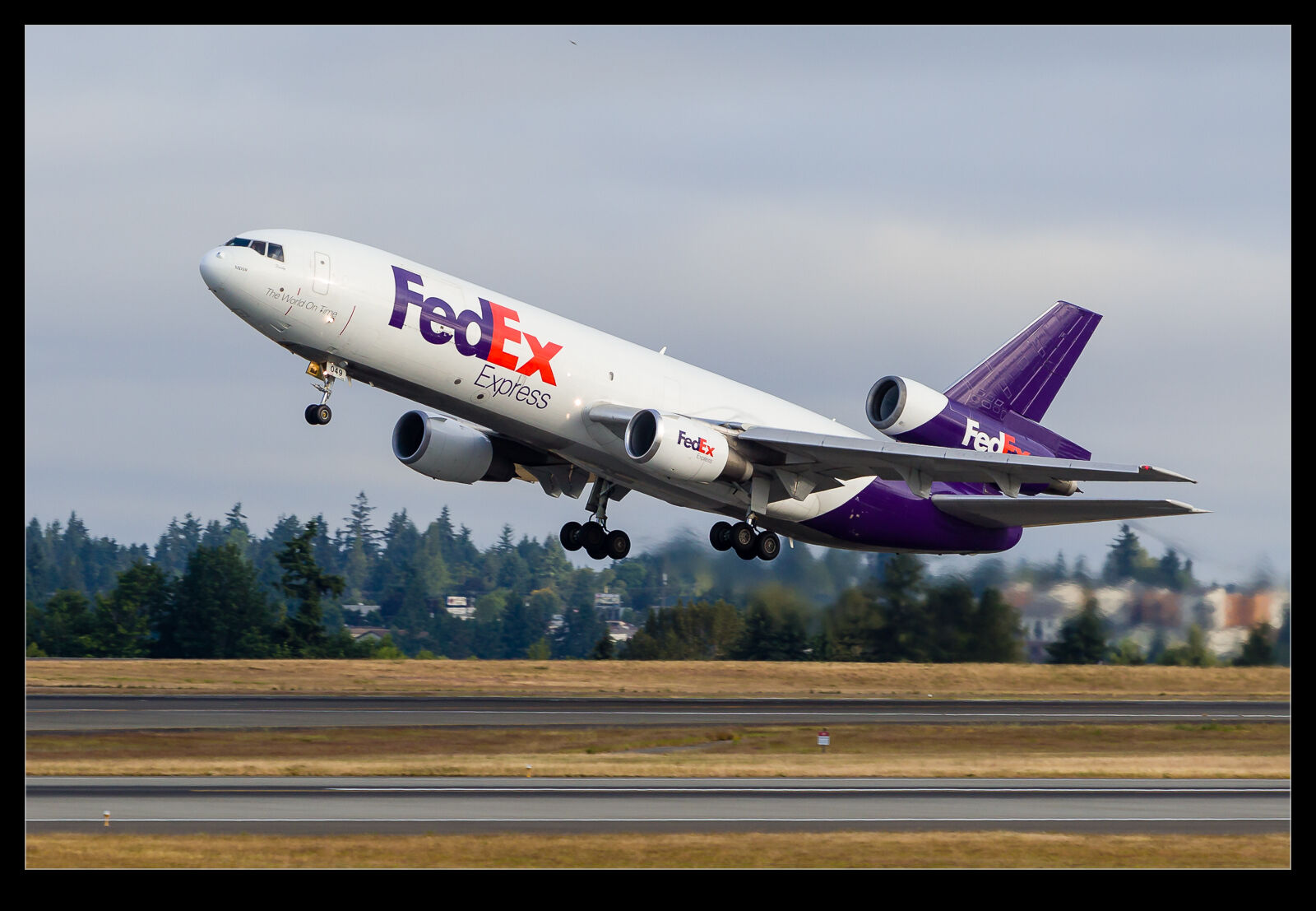 Flipping through various shoots looking for something else, I happened to come across a few shots of aircraft from the FedEx fleet. It occurred to me that I could drag together a post that was focused purely on the FedEx aircraft types. FedEx has an extensive fleet of aircraft these days. Their early days of using Falcon 20s to move their packages around are long gone. Now they have a variety of aircraft types of different sizes and range to meet all of their needs.
Flipping through various shoots looking for something else, I happened to come across a few shots of aircraft from the FedEx fleet. It occurred to me that I could drag together a post that was focused purely on the FedEx aircraft types. FedEx has an extensive fleet of aircraft these days. Their early days of using Falcon 20s to move their packages around are long gone. Now they have a variety of aircraft types of different sizes and range to meet all of their needs.
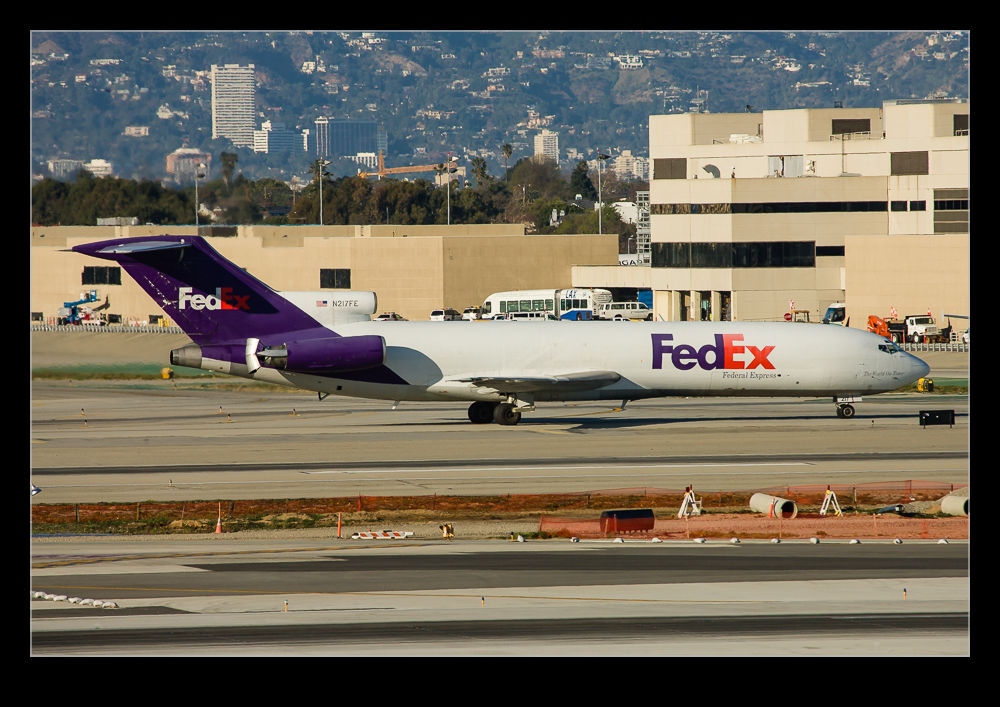 The fleet is constantly in a state of regeneration. The types that have long been a part of FedEx operations are now going or gone and being replaced with something more up to date. The 727 fleet has gone. The A300s and A310s are still in use but the number in the fleet is gradually going down. The interesting thing about the FedEx fleet is the way the economics are changing. For a long time, second hand jets that had been retired from airline service made a lot of sense. The operating model involves a lot of jets flying from their home base to Memphis in the middle of the night to deliver packages to the hub. Then, after a quick turnaround of all of the sorted packages, the planes fly back to base. Then they sit on the ground for most of the day.
The fleet is constantly in a state of regeneration. The types that have long been a part of FedEx operations are now going or gone and being replaced with something more up to date. The 727 fleet has gone. The A300s and A310s are still in use but the number in the fleet is gradually going down. The interesting thing about the FedEx fleet is the way the economics are changing. For a long time, second hand jets that had been retired from airline service made a lot of sense. The operating model involves a lot of jets flying from their home base to Memphis in the middle of the night to deliver packages to the hub. Then, after a quick turnaround of all of the sorted packages, the planes fly back to base. Then they sit on the ground for most of the day.
 This model means that utilization for the aircraft is low. Having a less efficient jet is not a problem when it only flies a few hours each day. If it is cheap to buy, you can use it efficiently. Having a bunch of inefficient 727s works very well. Similarly, the smaller aircraft that feed into hubs also can be operated relatively cheaply. A fleet of Cessna Caravans that sit on the ground or a bunch of ATR42s is effective.
This model means that utilization for the aircraft is low. Having a less efficient jet is not a problem when it only flies a few hours each day. If it is cheap to buy, you can use it efficiently. Having a bunch of inefficient 727s works very well. Similarly, the smaller aircraft that feed into hubs also can be operated relatively cheaply. A fleet of Cessna Caravans that sit on the ground or a bunch of ATR42s is effective.
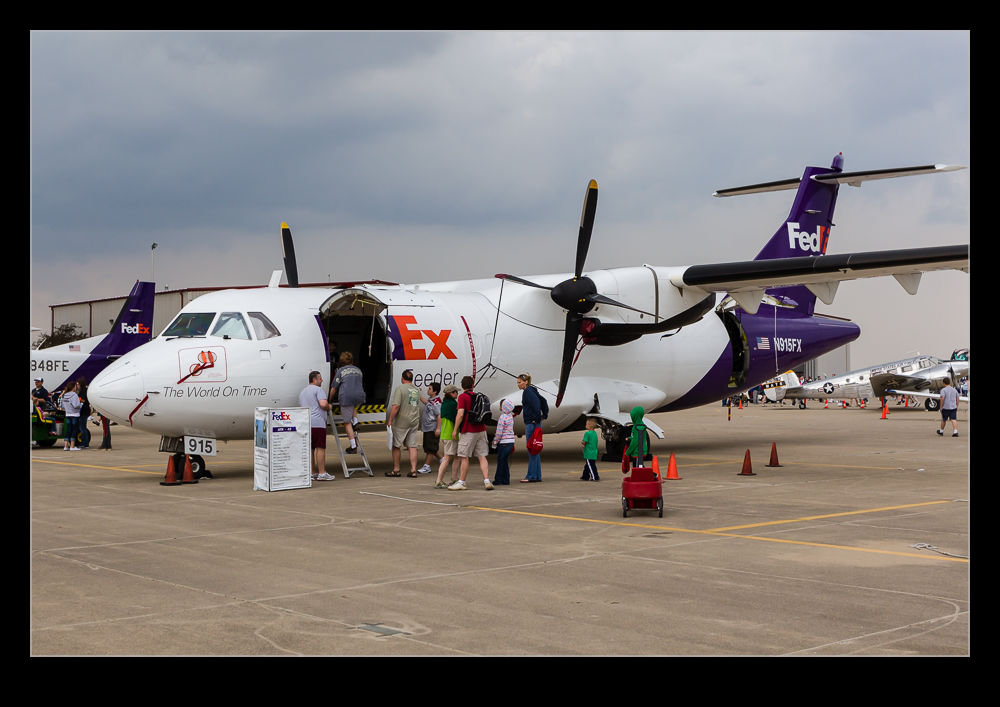 The 727s are gone now. They have been replaced with 757s which have all been retired by airline operators (a lot of them from British Airways).The big change is that new jets are being acquired. The operating economics for FedEx have changed. The DC-10s (which got upgraded to MD-10s) are gradually being replaced by new 767s. Meanwhile, the MD-11s which had previously been the kings of the long haul flights are now being relegated to domestic service while the 777F takes over the long haul missions. Direct from Memphis to China is now the norm for the 777F. You don’t see MD-11s crossing the Pacific as much any more. I think the Europe runs are limited too. The 777 can go direct with a decent payload and doesn’t need to stop for fuel in Anchorage.
The 727s are gone now. They have been replaced with 757s which have all been retired by airline operators (a lot of them from British Airways).The big change is that new jets are being acquired. The operating economics for FedEx have changed. The DC-10s (which got upgraded to MD-10s) are gradually being replaced by new 767s. Meanwhile, the MD-11s which had previously been the kings of the long haul flights are now being relegated to domestic service while the 777F takes over the long haul missions. Direct from Memphis to China is now the norm for the 777F. You don’t see MD-11s crossing the Pacific as much any more. I think the Europe runs are limited too. The 777 can go direct with a decent payload and doesn’t need to stop for fuel in Anchorage.
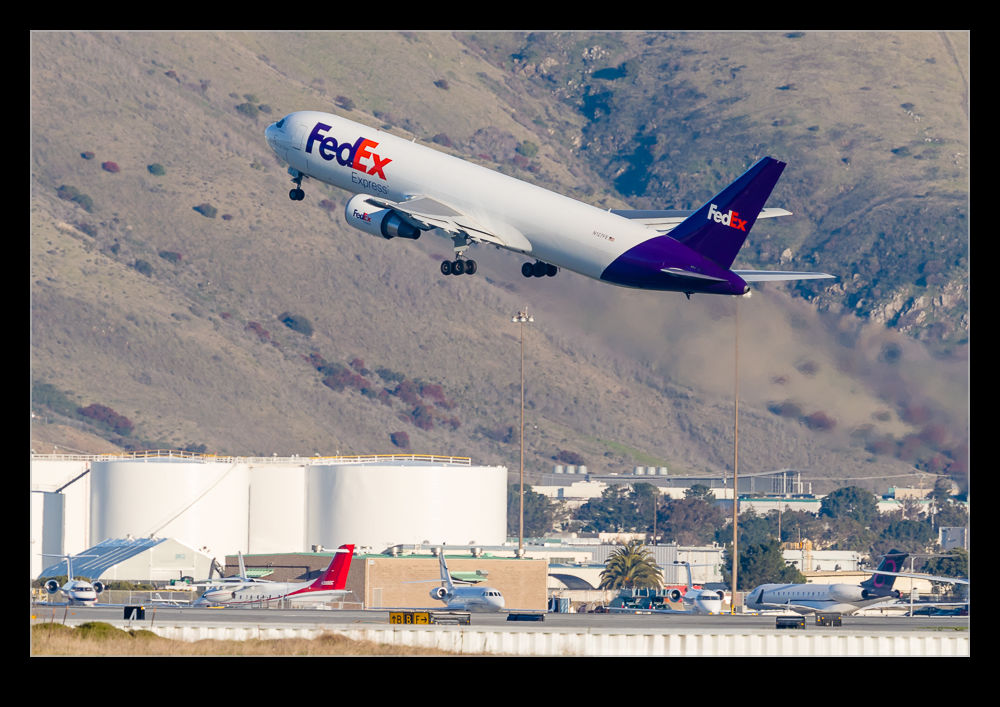 The MD-11 will survive for a while yet. Its less efficient operate will mean it can be pushed onto shorter segments with lower utilization. The high utilization missions will be the preserve of the newer jets. The older jets will be fine on the flights that only involve a couple of trips a day. For these their low capital costs will offset any operational cost penalty. The migration of the fleet will continue though. Soon it will be a fleet with a few less types and things will be a bit less interesting. There will still be a bunch of 727s scattered around airports that had them donated though so keep an eye out for them.
The MD-11 will survive for a while yet. Its less efficient operate will mean it can be pushed onto shorter segments with lower utilization. The high utilization missions will be the preserve of the newer jets. The older jets will be fine on the flights that only involve a couple of trips a day. For these their low capital costs will offset any operational cost penalty. The migration of the fleet will continue though. Soon it will be a fleet with a few less types and things will be a bit less interesting. There will still be a bunch of 727s scattered around airports that had them donated though so keep an eye out for them.
Seven Gables Inn
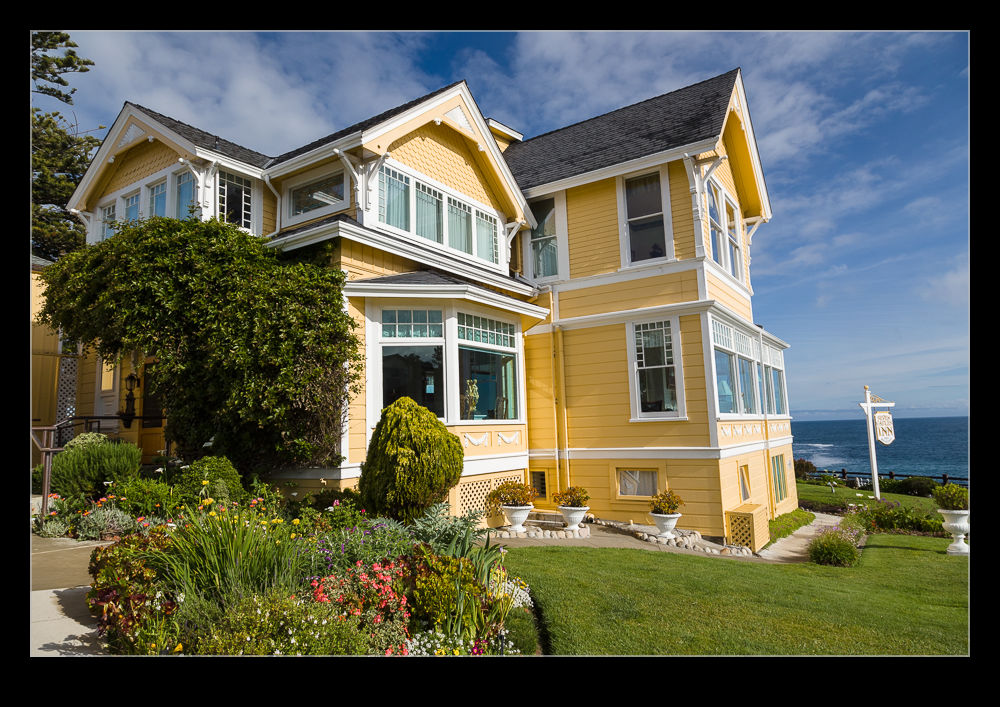 Monterey Bay is an area that we have visited many times but we have always made it a day trip. With the area shortly to be a lot less accessible to us, we decided to have a weekend down there so we could relax and enjoy the area without having to think about getting in the car for a drive back. Nancy looked at various places to stay and she picked the Seven Gables Inn. Located in Pacific Grove, it sits right on the shore road. We have driven and walked by many times but this time we stayed.
Monterey Bay is an area that we have visited many times but we have always made it a day trip. With the area shortly to be a lot less accessible to us, we decided to have a weekend down there so we could relax and enjoy the area without having to think about getting in the car for a drive back. Nancy looked at various places to stay and she picked the Seven Gables Inn. Located in Pacific Grove, it sits right on the shore road. We have driven and walked by many times but this time we stayed.
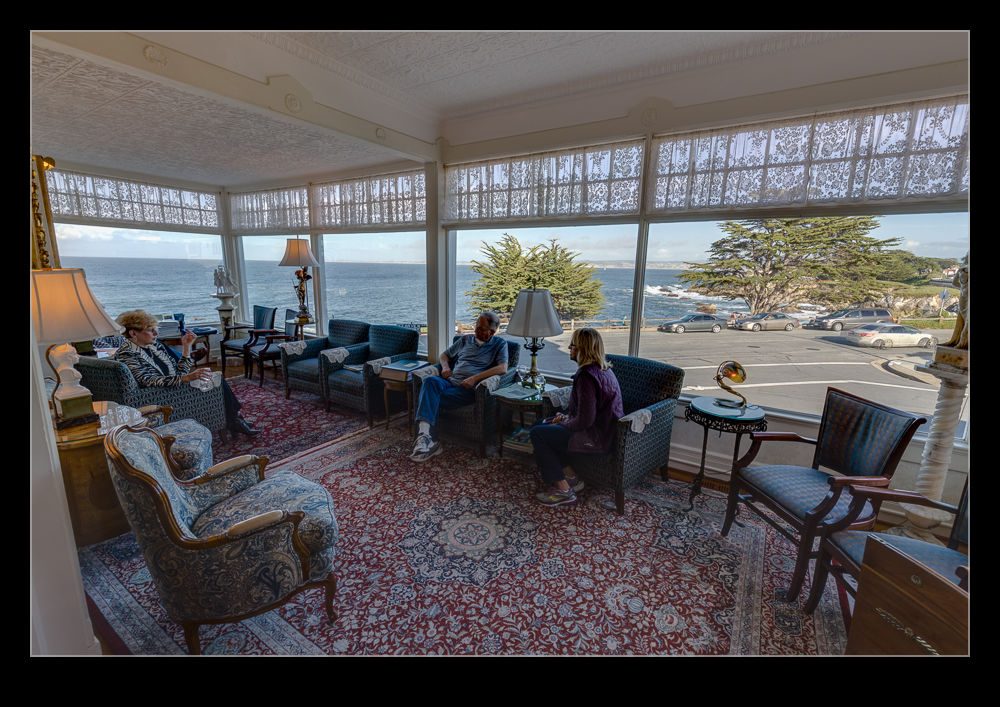 The hotel has a great location. They have a lounge area with views over the bay that you can relax in with wine and cheese in the evenings. Meanwhile, the breakfast room has a panoramic view out over the water. Sitting eating your breakfast while looking out at the bay is very tranquil. The original building is a Victorian structure while additions have been made to expand things over the years. It proved to be a great base for our weekend away.
The hotel has a great location. They have a lounge area with views over the bay that you can relax in with wine and cheese in the evenings. Meanwhile, the breakfast room has a panoramic view out over the water. Sitting eating your breakfast while looking out at the bay is very tranquil. The original building is a Victorian structure while additions have been made to expand things over the years. It proved to be a great base for our weekend away.
Typhoons are Back in Town
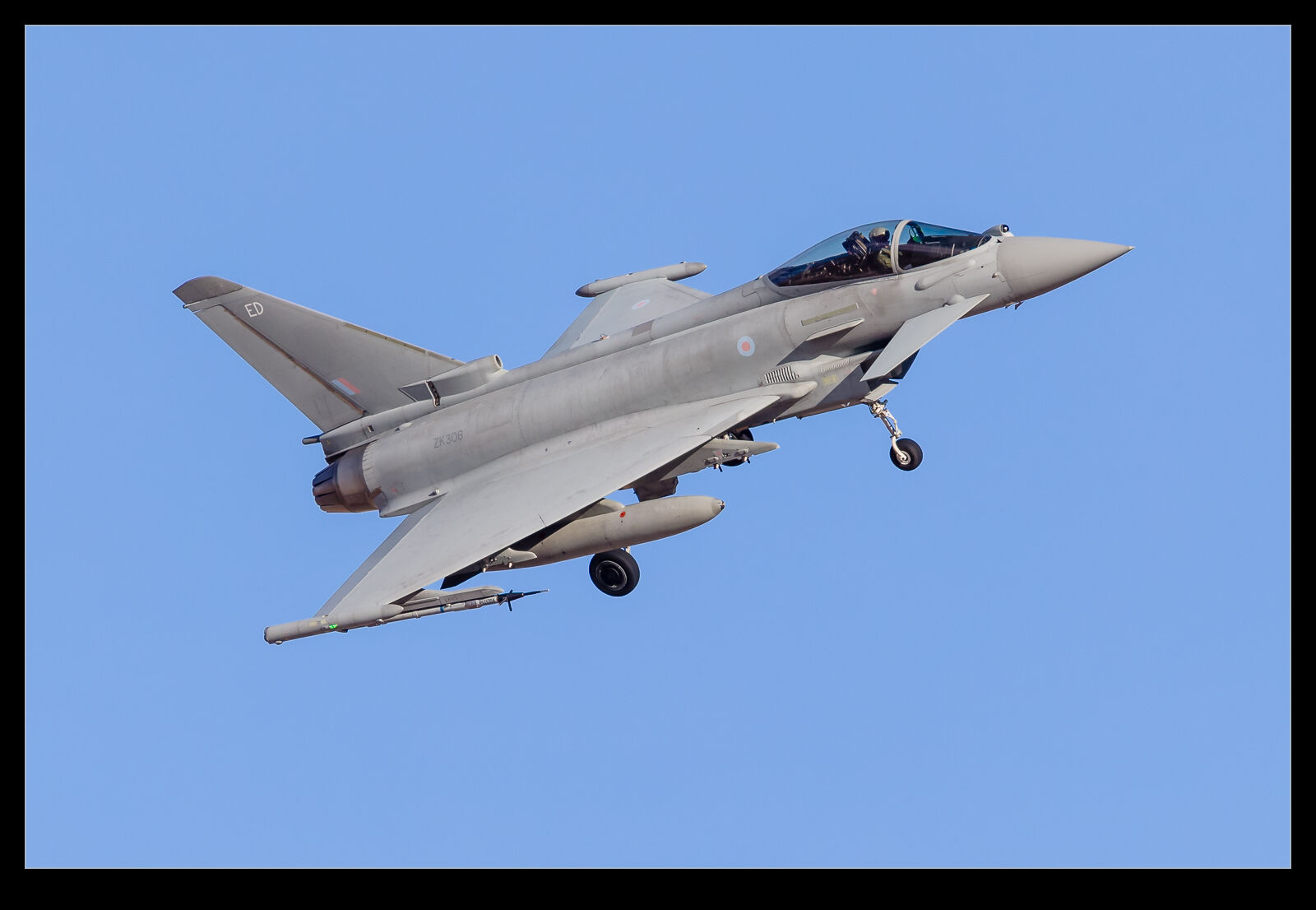 The Royal Air Force was back at Red Flag and the Typhoons were a big part of what they brought. It’s always nice to see Typhoons up and about but, sadly, the RAF has adopted an approach of combining the squadron jets into a maintenance pool. This means that they don’t carry individual squadron colors. A couple off the jets still had markings – one from 6 Squadron and one from 41 Squadron – but, sadly, the rest of the jets were all plain gray. Nothing colorful about them at all. We did get some nice winter light to photograph them in but even that is not going to make them look that great.
The Royal Air Force was back at Red Flag and the Typhoons were a big part of what they brought. It’s always nice to see Typhoons up and about but, sadly, the RAF has adopted an approach of combining the squadron jets into a maintenance pool. This means that they don’t carry individual squadron colors. A couple off the jets still had markings – one from 6 Squadron and one from 41 Squadron – but, sadly, the rest of the jets were all plain gray. Nothing colorful about them at all. We did get some nice winter light to photograph them in but even that is not going to make them look that great.
- Two Royal Air Force Eurofighter Typhoon FGR4 jets run in to break for landing at Nellis AFB NV.
Hangar 1 on a Misty Morning
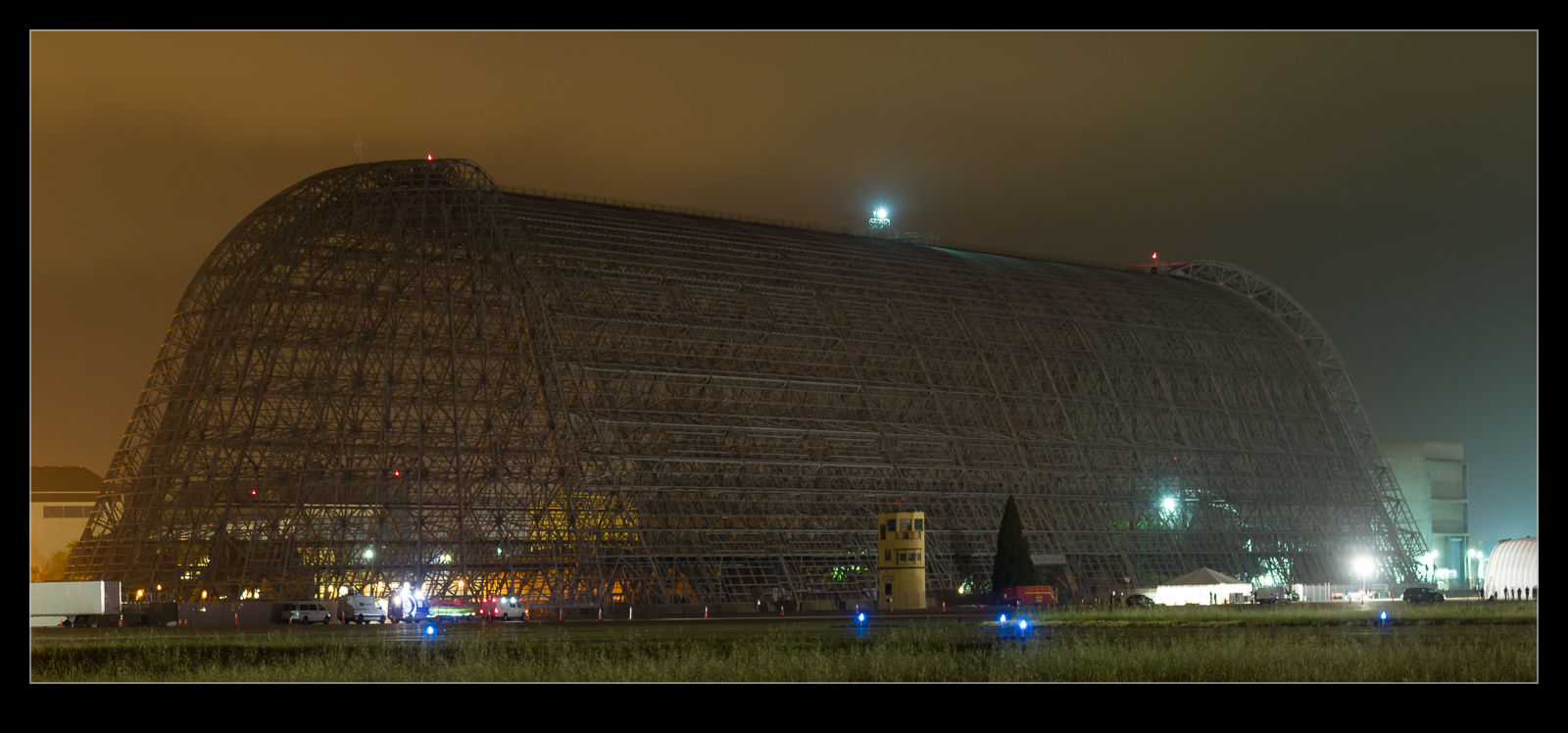 When I am on a shoot, the main focus is on the subject that you are there for. However, I have rarely had a shoot when I didn’t get some pictures of something else while I was there. The problem comes when I am going through the shoot. I need to get the shots I am going to use selected and edited. The other shots are put to one side and, it is really easy to forget about them when the next shoot needs to be worked through.
When I am on a shoot, the main focus is on the subject that you are there for. However, I have rarely had a shoot when I didn’t get some pictures of something else while I was there. The problem comes when I am going through the shoot. I need to get the shots I am going to use selected and edited. The other shots are put to one side and, it is really easy to forget about them when the next shoot needs to be worked through.
While this is a bit annoying, it does mean that you periodically come across something long afterwards when you are running through images for another reason. This shot of Hangar 1 at Moffett Field is just such a shot. I saw the shots while looking for a shot of an IL-76. I quickly realized that they were shot to be a panorama and had never been tagged as such. This time I ran it quickly through the pano function and got the shot out. It was shot early in the morning awaiting the departure of Solar Impulse and I like the misty look in the air.
I’m Glad He’s Waving Because the Alternative…
 I was directly under the flightpath of an HH-60 Pave Hawk as it headed out on a mission. Looking up at the helo as it passed over, it was possible to see the feet of the crewman/gunner. What I didn’t realize until I looked at the photos afterwards was that he was waving at me! I wish I had waved back. Given the large weapon mounted to the side of the airframe that he uses in action, I am glad that waving is what he chose to do!
I was directly under the flightpath of an HH-60 Pave Hawk as it headed out on a mission. Looking up at the helo as it passed over, it was possible to see the feet of the crewman/gunner. What I didn’t realize until I looked at the photos afterwards was that he was waving at me! I wish I had waved back. Given the large weapon mounted to the side of the airframe that he uses in action, I am glad that waving is what he chose to do!
Amtrak Over the River
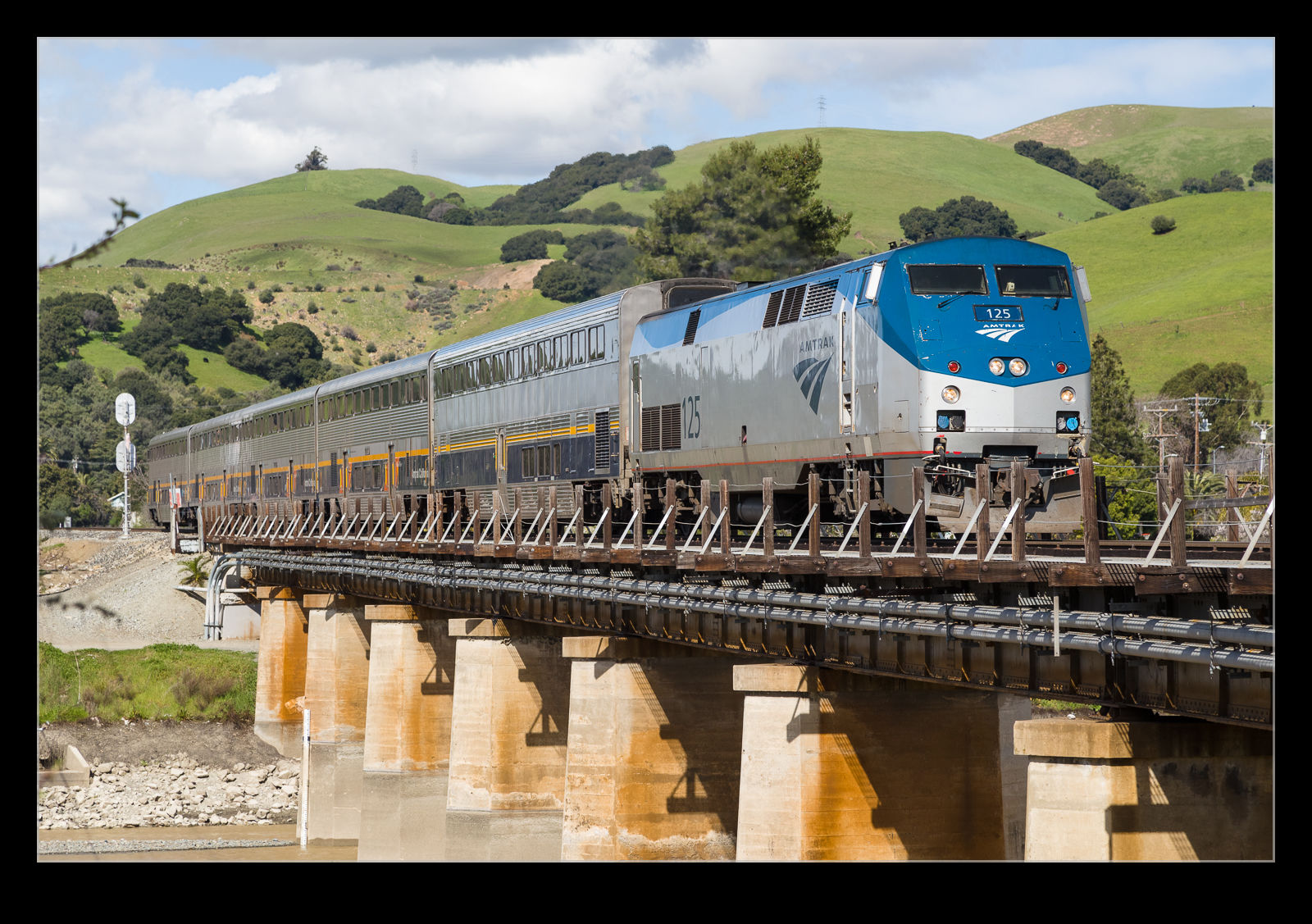 Having watched a guy walking across a narrow railroad bridge over the Alameda Creek in Fremont as you can read about here, a train was now coming across the bridge. The train was a Capital Corridor service heading to San Jose. I am currently working on a project to acquire new locomotives for Caltrans that will see service on the Capital Corridor and will replace borrowed Amtrak locomotives. This train was being hauled by one of these Amtrak locomotives. All being well, this will soon no longer be a regular sight.
Having watched a guy walking across a narrow railroad bridge over the Alameda Creek in Fremont as you can read about here, a train was now coming across the bridge. The train was a Capital Corridor service heading to San Jose. I am currently working on a project to acquire new locomotives for Caltrans that will see service on the Capital Corridor and will replace borrowed Amtrak locomotives. This train was being hauled by one of these Amtrak locomotives. All being well, this will soon no longer be a regular sight.
Puffy Cloud Backdrops
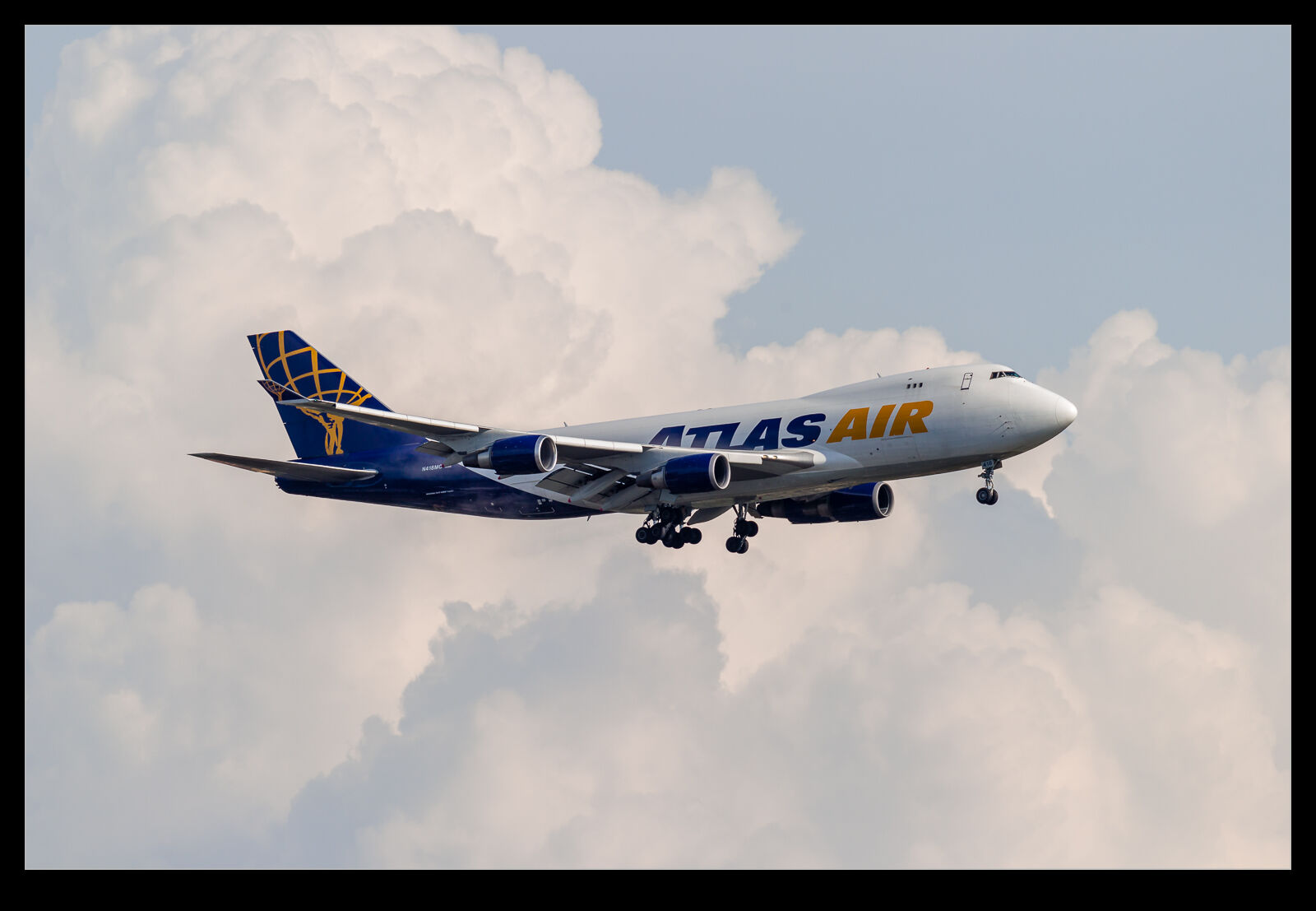 My personal preference is to shoot planes tight. I like to see the detail up close and usually strive to get that in my shots. However, sometimes I remember that there is more to it than that and there is something interesting about the context of the shot. It doesn’t have to be a detailed shot of the plane. It can be a wider shot when no one is looking at the plane expecting to see the intricacies of its structure.
My personal preference is to shoot planes tight. I like to see the detail up close and usually strive to get that in my shots. However, sometimes I remember that there is more to it than that and there is something interesting about the context of the shot. It doesn’t have to be a detailed shot of the plane. It can be a wider shot when no one is looking at the plane expecting to see the intricacies of its structure.
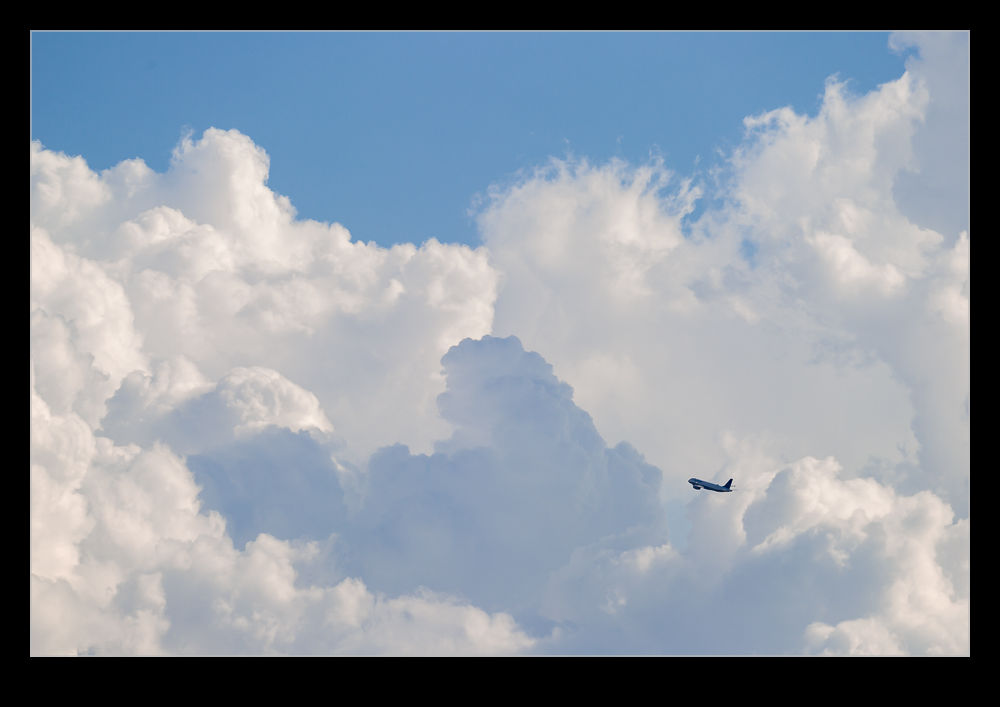 Having some nice clouds to play with is an important part of the story. Going wide when the sky is blue is not really going to add any drama. However, some nice puffy clouds will certainly be appreciated in this situation. In this case I was with some friends at O’Hare shortly after a storm had passed through. Things had cleared up nicely but there was still plenty of evidence in the air of what had been dumping water on us a short while before.
Having some nice clouds to play with is an important part of the story. Going wide when the sky is blue is not really going to add any drama. However, some nice puffy clouds will certainly be appreciated in this situation. In this case I was with some friends at O’Hare shortly after a storm had passed through. Things had cleared up nicely but there was still plenty of evidence in the air of what had been dumping water on us a short while before.
 I doubt closer shots would have been much use anyway. With the amount of moisture in the air and the warmth that was quickly coming back now that the sun was out, heat haze would have destroyed an detail with a longer lens. Going wider was probably the only option. It was certainly worth it though. The texture of the clouds after the storm was there to see and to be emphasized in the shots. The plane provides a focal point to explore the image from but is not too important itself. You can’t just do this but, from time to time, it is good to fight your normal style.
I doubt closer shots would have been much use anyway. With the amount of moisture in the air and the warmth that was quickly coming back now that the sun was out, heat haze would have destroyed an detail with a longer lens. Going wider was probably the only option. It was certainly worth it though. The texture of the clouds after the storm was there to see and to be emphasized in the shots. The plane provides a focal point to explore the image from but is not too important itself. You can’t just do this but, from time to time, it is good to fight your normal style.
